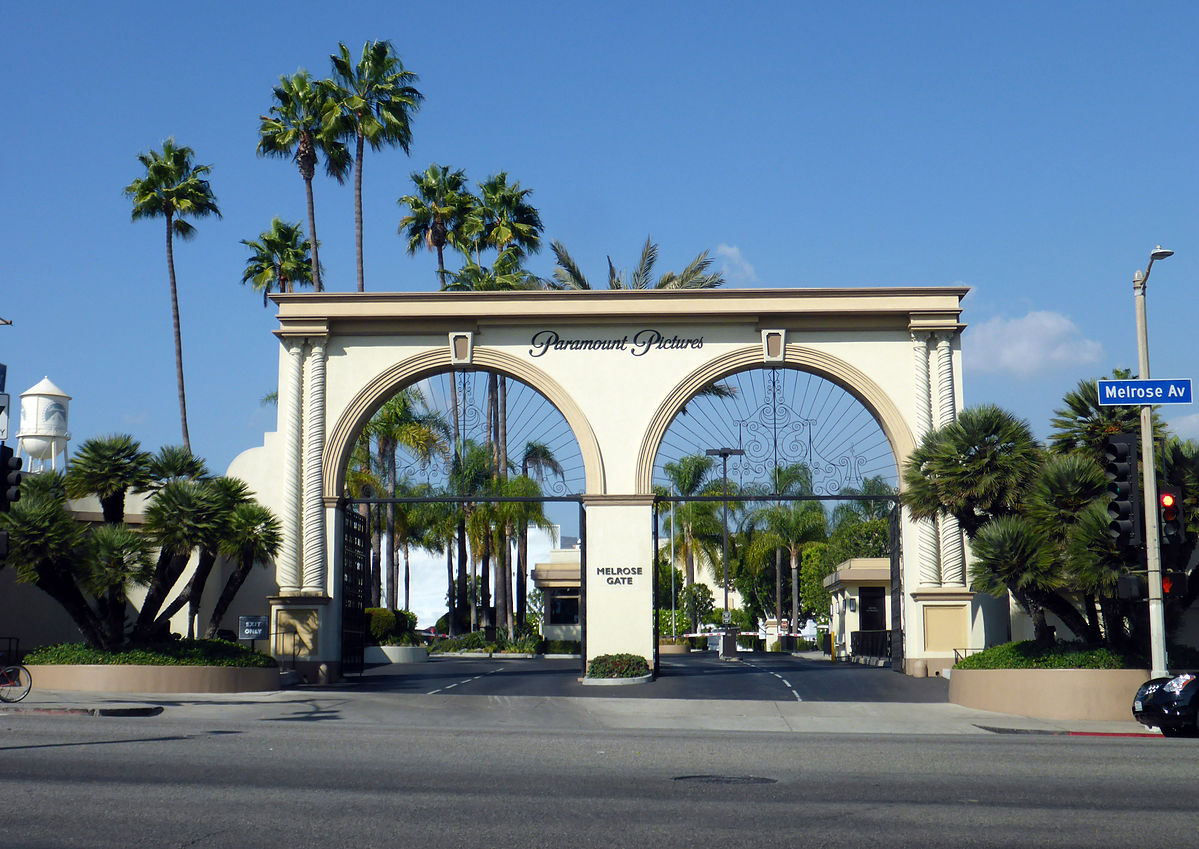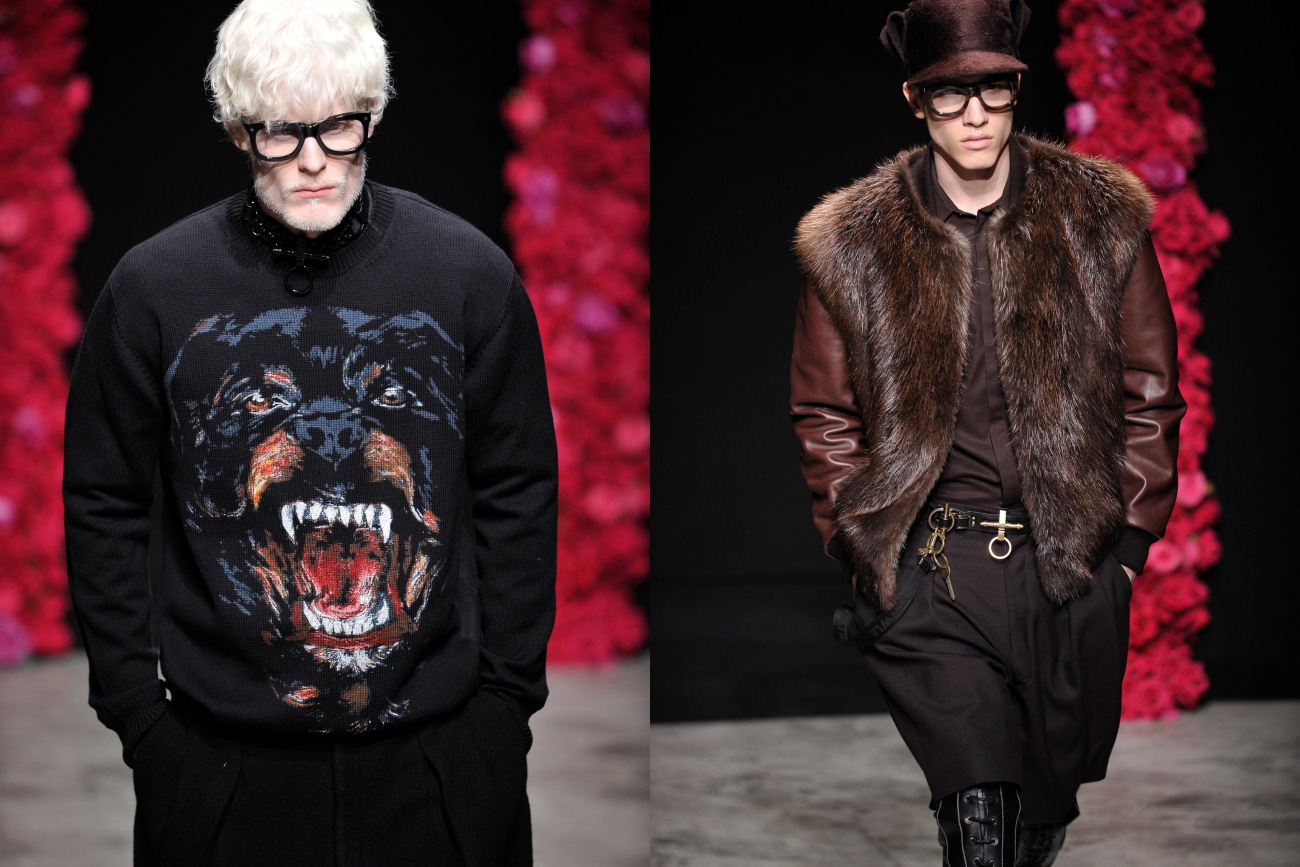When Karl Lagerfeld took the helm at Chanel in 1983, the renowned French fashion house found itself at a critical juncture. The label, established by the visionary Gabrielle “Coco” Chanel, had entered a phase of decline following its founder’s passing in 1971. Lagerfeld’s task was not merely to revitalize an iconic brand but also to reimagine luxury within a constantly shifting fashion world. With bold creativity, a clever embrace of its legacy, and sharp cultural insight, Lagerfeld’s influence propelled Chanel from a traditional house to a beacon of continuous innovation and worldwide prominence.
Safeguarding and Innovating Legacy
Lagerfeld’s genius rested in his reverence for the DNA of Chanel, paired with a fearless approach to reinvention. He famously said, “My job is not to do what she did, but what she would have done.” Respecting the brand’s emblematic codes—the little black dress, tweed jackets, quilted bags, pearls, and camellia flowers—Lagerfeld reimagined them season after season in fresh, unexpected ways. Through bold reinterpretations, he preserved the timeless appeal of Chanel while ensuring its designs never felt repetitive or dated.
A notable illustration is the iconic Chanel tweed suit. Guided by Lagerfeld, this essential wardrobe item transcended its initial design. He experimented with dimensions, unveiled fresh color schemes, integrated metallic fibers, and even crafted the suits from denim, PVC, or leather. The outcome was an attire that preserved its sophistication while directly appealing to modern women, showcasing the harmonious blend of tradition and contemporary style.
Theatrical Runway Presentations and Engaging Narratives
One of Lagerfeld’s most significant impacts was his transformation of runway shows into captivating spectacles, establishing a new standard for fashion showcases worldwide. The Chanel runway evolved into a sought-after event, featuring stage designs that varied from an indoor woodland to a complete supermarket, an artificial beach, a rocket launch site, and even a duplicate Eiffel Tower within Paris’s Grand Palais. These intricate presentations boosted the brand’s prestige and highlighted a creative story for every collection.
This theatrical approach was more than mere entertainment; it created a conversation around each show, generating global media coverage and viral buzz, making Chanel a perennial trending topic season after season. These experiences turned fashion shows into cultural phenomena and positioned Chanel at the forefront of experiential branding, a concept now widely emulated across the industry.
Reinvigorating the Chanel Product Range
Through savvy reinvention, Lagerfeld expanded Chanel’s product offerings while sustaining its exclusivity. He revitalized the Chanel handbag range with not only new iterations of the iconic 2.55 bag but also unconventional shapes and avant-garde materials. The accessories portfolio flourished, with brooches, costume jewelry, eyewear, and even sneakers undergoing the Chanel transformation. Perfume launches and makeup innovations further broadened Chanel’s appeal to younger and more diverse demographics.
The success of these expansions reflected in the house’s business performance. Under Lagerfeld’s tenure, Chanel remained one of the most profitable luxury brands worldwide, consistently topping rankings for desirability, and demonstrating resilience against market fluctuations and competition from emerging luxury labels.
Developing Celebrity and Brand Representatives
Lagerfeld grasped the impact of famous personalities on brand image. He fostered robust connections with movie stars, musical artists, social figures, and fashion models, including individuals such as Vanessa Paradis, Kristen Stewart, Cara Delevingne, Lily-Rose Depp, and Pharrell Williams, who often featured in advertisements or attended the front rows of his presentations. This deliberate involvement propelled Chanel’s reach beyond the realm of fashion, firmly establishing it within mainstream culture.
Moreover, Lagerfeld himself became synonymous with Chanel. His iconic personal image—white ponytail, dark glasses, high-collared shirts—became instantly recognizable, blurring the lines between creator and creation. The result was an indelible linkage: to talk about Chanel was inevitably to discuss Lagerfeld, reinforcing his role as the guardian and visionary of the maison.
Adjusting to Cultural and Digital Progress
As digital disruption began reshaping the luxury retail sector, Lagerfeld guided Chanel’s transition into the digital age. Although the brand famously resisted e-commerce for years to maintain exclusivity, its strong digital storytelling, robust presence on social media, and visually compelling campaigns ensured Chanel remained both aspirational and accessible online.
Lagerfeld’s provocative spirit was reflected in collections that addressed contemporary themes—whether feminism, sustainability, or globalism—with subtlety and wit. His embrace of a diverse cast of models (within the constraints of haute couture traditions) pointed to a more inclusive vision for the brand without diluting its core identity.
Legacy: Sustaining Relevance Through Innovation
Karl Lagerfeld’s impact on Chanel is measured not only in collections delivered but in the framework of perpetual reinvention he established. The brand’s paradox—enduring tradition with restless innovation—ensured Chanel was never shackled by its own legend but invigorated by it. His stewardship crafted a blueprint for heritage fashion houses aiming to remain at the apex of creativity and desirability in rapidly changing times.
Through Lagerfeld’s remarkable tenure, Chanel evolved into a living, breathing institution that reveres the past but leads the future. His legacy continues to influence how designers reinterpret heritage and define modern elegance, making Chanel an ever-evolving symbol of luxury and innovation.




